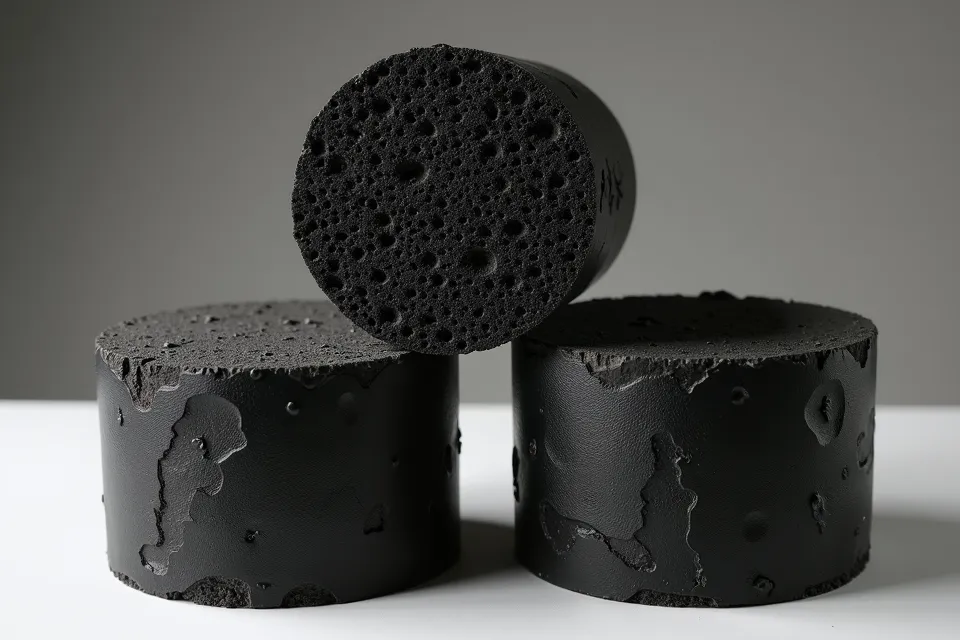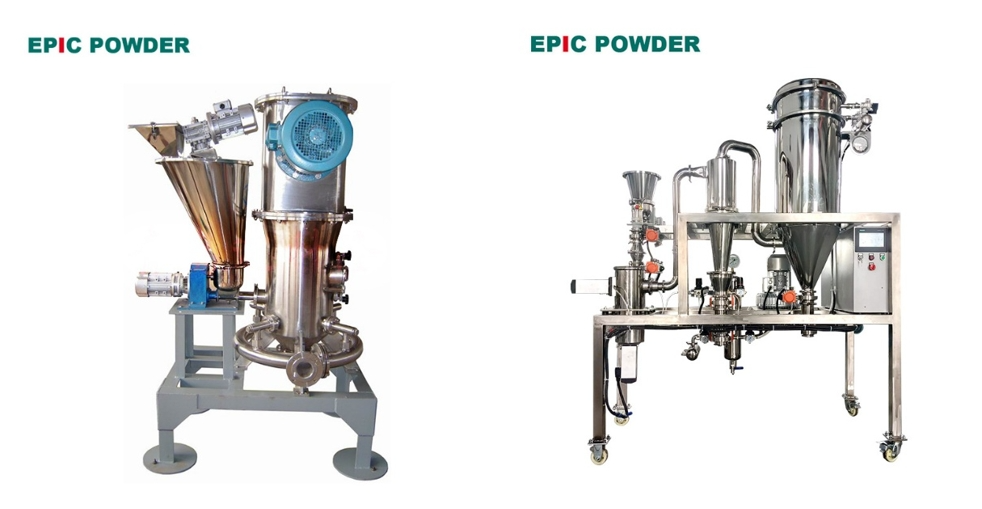In materials science, the terms “porous carbon” and “porous char” are often used interchangeably. However, they refer to distinct categories of materials with differences in conceptual scope, preparation methods, and application contexts. The key distinction lies in the definitions of “carbon” and “char.” Simply put, porous char is a subset of porous carbon. Porous carbon represents a broader category of materials. Below, we break down the differences in detail.
1. Core Definitions: The Specificity of “Char” vs. the Breadth of “Carbon”
Porous Char (or Porous Carbonaceous Material) refers specifically to porous materials derived from carbon-rich organic precursors—such as biomass, coal, resins, or waste plastics—through pyrolysis or carbonization. This process typically involves heating the precursor to 400–1000°C in an inert atmosphere to remove non-carbon elements (e.g., oxygen, hydrogen, nitrogen) while retaining the carbon skeleton.
Key characteristics of porous char include: Organic precursors. Reliance on carbonization. Carbon purity that is usually less than 100% (may contain residual heteroatoms or ash, e.g., biomass char contains traces of potassium or calcium). A microstructure dominated by amorphous or graphitic microcrystals (low crystallinity).

Porous Carbon broadly refers to all carbon-based materials with a porous structure. This category includes not only porous char but also materials produced via non-carbonization routes. These materials often exhibit higher carbon purity and more specialized crystal structures.
Key features of porous carbon include: No strict reliance on organic precursors or carbonization. A diverse range of forms, including amorphous carbon, graphitic carbon, carbon nanotubes, and graphene-based porous materials. Carbon purity that can approach 100% (e.g., highly purified graphitic porous carbon).

2. Preparation Methods: How Processes Define the Material
The preparation method is the most direct way to distinguish between these materials:
| Aspect | Porous Char | Porous Carbon |
| Key Process | Requires carbonization (pyrolysis to remove non-carbon elements) | May involve carbonization or non-carbonization methods (e.g., template synthesis, self-assembly) |
| Typical Precursors | Biomass (straw, sawdust), coal, phenolic resins, waste plastics | Porous char, carbon nanotubes, graphene, activated carbon, mesoporous carbon |
| Example Preparation | Biochar from biomass pyrolysis; coal-based char from coal pyrolysis | Mesoporous carbon via template synthesis; graphene aerogel via freeze-drying |
Example Cases:
A. Porous char: Sawdust carbonized at 800°C under nitrogen.
B. Porous carbon (derived from char): Mesoporous carbon made using a silica template and sucrose carbonization.
C. Porous carbon (non-carbonization route): Graphene-based porous material assembled via freeze-drying.

3. Structure and Properties: Purity, Crystallinity, and Performance
Differences in preparation lead to distinct microstructures and macroscopic properties:
| Property | Porous Char | Porous Carbon |
| Carbon Purity | Medium-low (80–95%, with heteroatoms/ash) | High (up to 99.9%, especially in non-carbonization routes) |
| Crystal Structure | Mostly amorphous; limited graphitic microcrystals (low order) | Tunable (amorphous, graphitic, highly graphitized, or graphene-based) |
| Pore Control | Moderate (pore distribution adjusted via temperature/activation) | High (precise pore size/shape control via templates or self-assembly) |
| Electrical Conductivity | Moderate (poor in amorphous carbon; may require activation) | High (graphitized or graphene-based porous carbon can approach metallic conductivity) |
| Chemical Stability | Medium (residual heteroatoms may cause oxidation/corrosion) | High (pure carbon offers resistance to acids, alkalis, and high-temperature oxidation) |
4. Applications: From Low-Cost Basics to High-End Functions
The applications of these materials reflect their performance characteristics:
Key Applications of Porous Char: Low-cost, basic functional scenarios.
Soil Amendment: Biochar improves water retention and nutrient availability.
Wastewater Treatment: Low-cost adsorption of heavy metals and organic pollutants.
Fertilizer Carrier: Porous structure enables slow-release fertilizer delivery.
Key Applications of Porous Carbon: High-end, high-value scenarios
Energy Storage: Electrodes for lithium-ion batteries and supercapacitors (high conductivity and surface area enhance capacity and rate performance).
Catalysis: Catalyst support for fuel cells (high stability and precise pore structure).
High-End Adsorption: Ultrapure gas purification in aerospace and electronics (no impurity release, strong adsorption selectivity).
Biomedical: Drug delivery and tissue engineering scaffolds (high biocompatibility, non-toxic).
Porous char is a type of porous carbon, specifically produced via carbonization of organic precursors. Porous carbon, however, is a general term encompassing all carbon-based porous materials—including porous char as well as higher-purity, more structurally complex materials.
About Epic Powder
Jet mills by Epic Powder are an excellent choice for grinding porous carbon materials. They offer uniform particle size distribution while preserving the porous structure, critical for high-purity and high-performance applications like energy storage, catalysis, and advanced adsorption.
While porous carbon covers a wide range of carbon-based materials, porous char specifically refers to those derived from carbonization of organic precursors. Porous char often has lower purity and less ordered microstructure compared to other porous carbon forms such as template-synthesized mesoporous carbon or graphene-based materials. Epic jet mills are versatile enough to efficiently process both types, ensuring optimal grinding for diverse industrial needs.